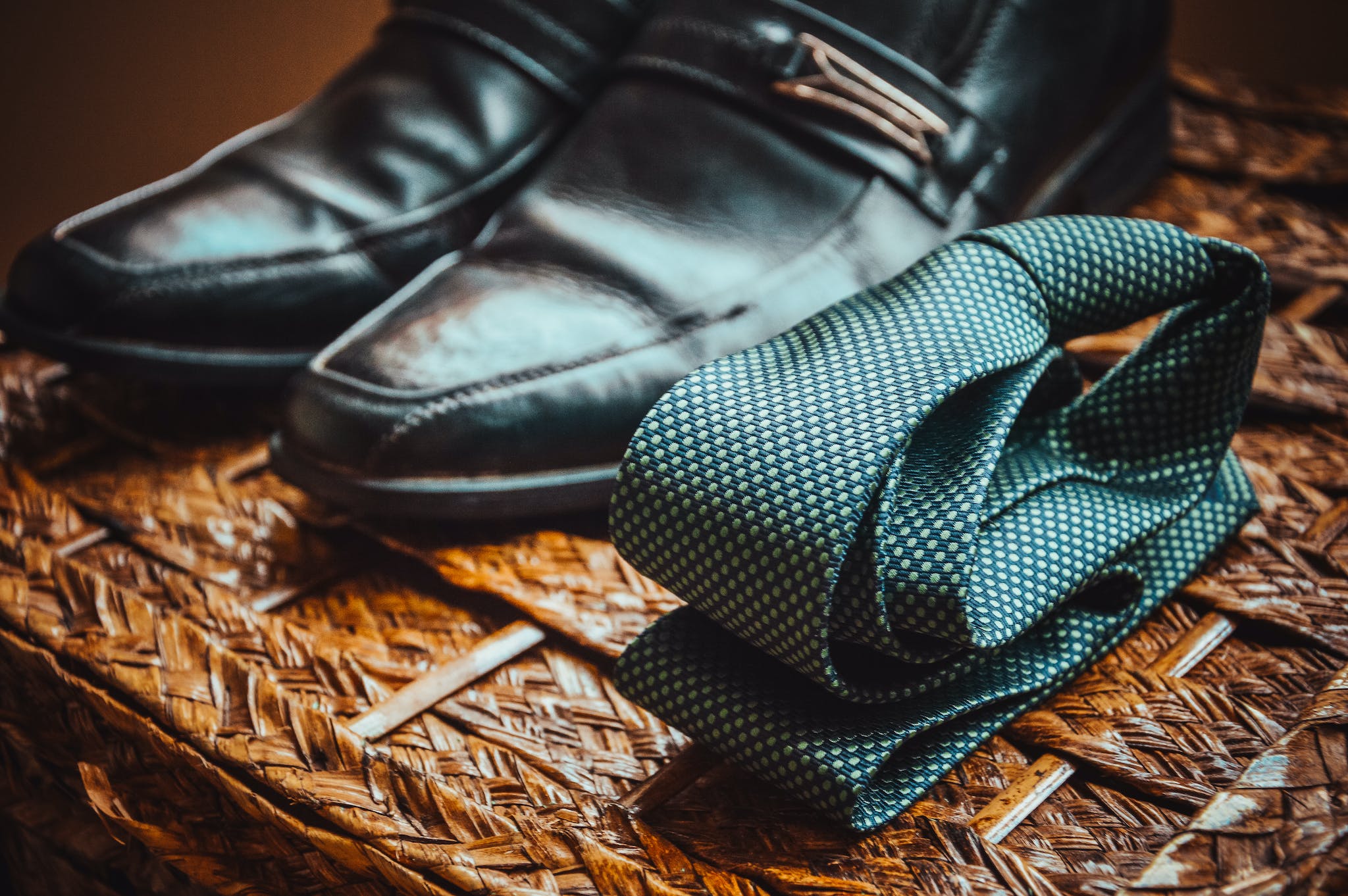Need to Remove Stain From Tie?
Eventually you need to remove stain from tie Tiecrafters offers cleaning ties, pressing, repair, alterations or an adjustment to keep up with fashion. Do not waste your investment in expensive neckwear.
Our unique 7-step process has become the cleaning and restoration method of choice throughout the world. Tiecrafters comes recommended by world famous retailers and manufacturers including Hermés, Salvatore Ferragamo, Brioni, Bergdorf Goodman, Nordstrom, Saks Fifth Avenue and many others.
Clean and Press (ALL cleaning is conducted by our own neckwear cleaning specialists.)
• 4 or more ties: $19.00 per tie
• 1 to 3 ties: $22.00 per tie
• Custom Scarf Cleaning: $41.00 per scarf
Tie Alterations (ALL alterations are performed by our own skilled master craftsmen.)
• NARROWING OR RESHAPING $ 37.00
• SHORTENING $ 37.00
• LENGTHENING $ 37.00
• RELINING $ 37.00
• WIDENING $ 37.00
(WITH CLEANING ADD $ 11.00)
UNIQUE TIE ALTERATIONS
• TIES INTO BOWTIES
• BOWS TO PRETIED BOWS
Send us your ties at your convenience by simply printing and filling out our
Printable Order Form (PDF).

